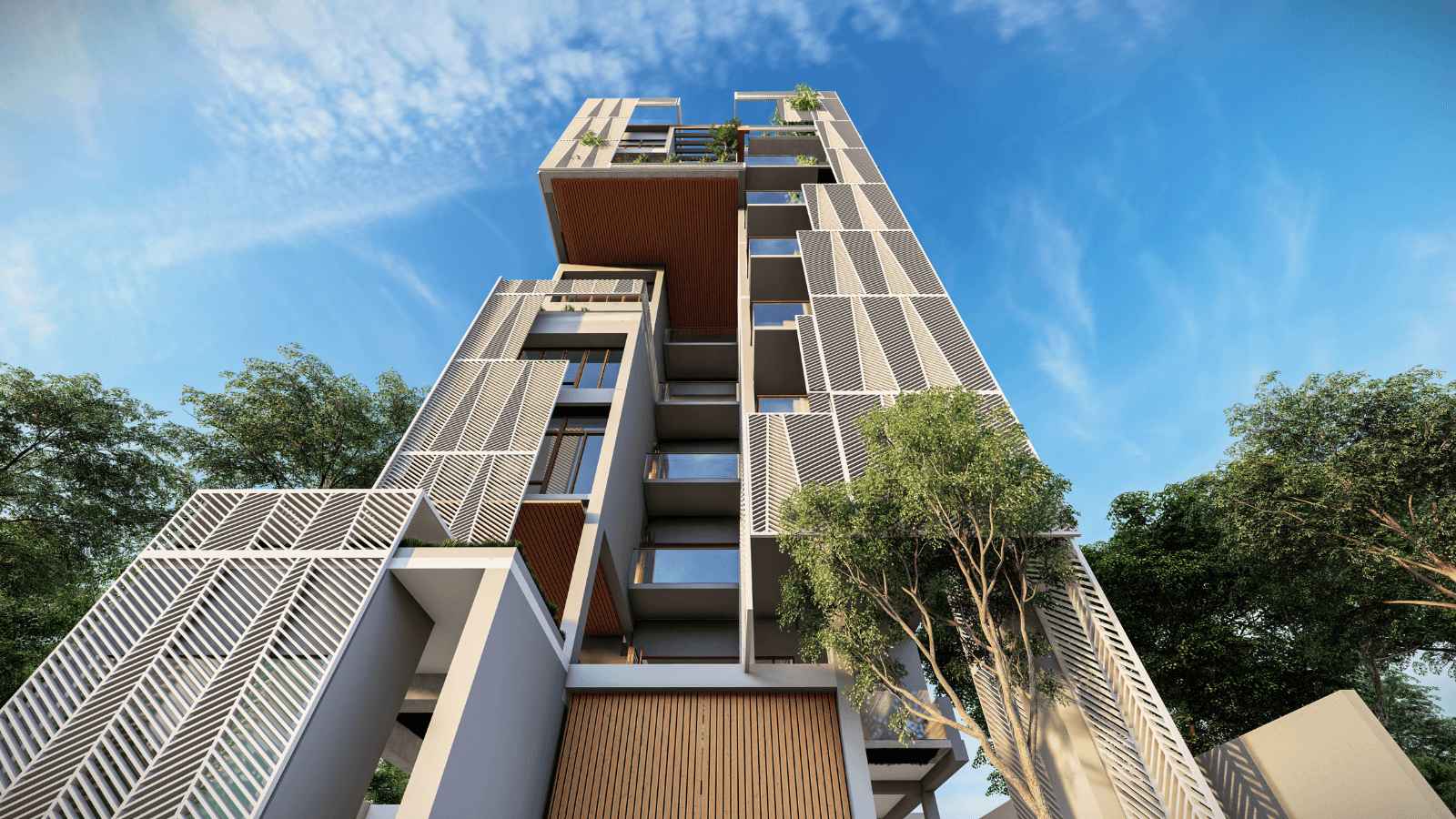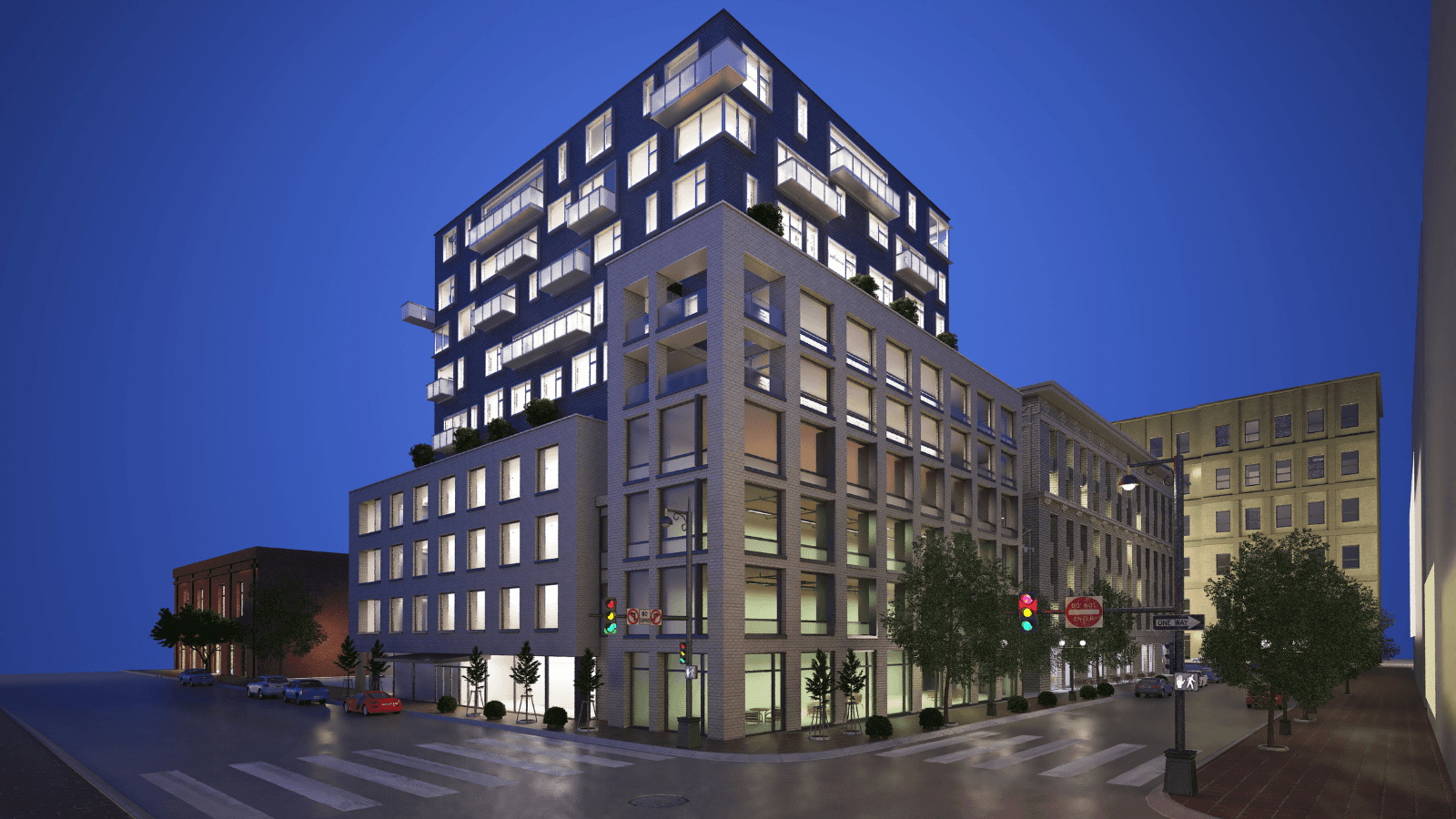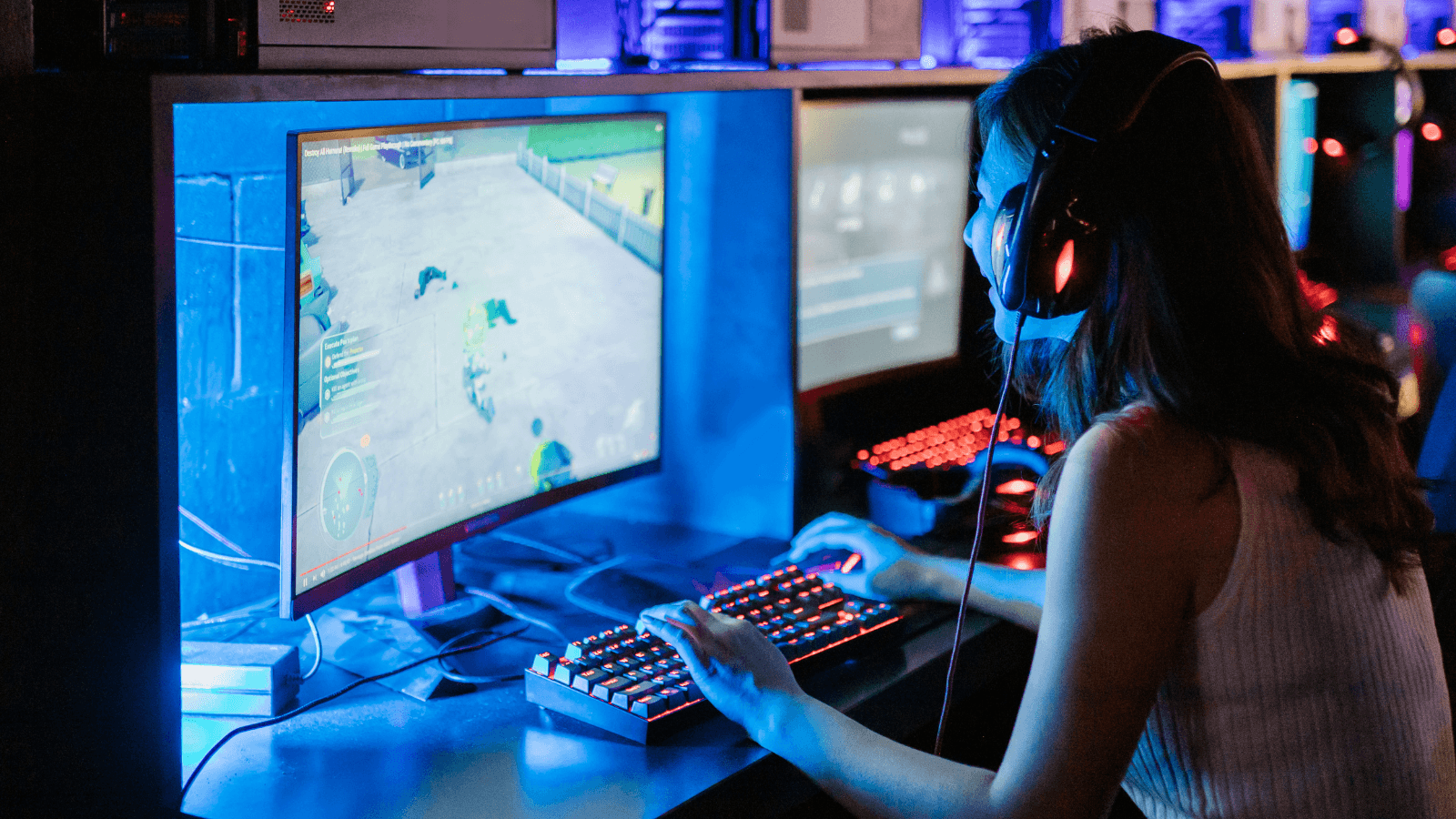Back to Blog
Immersive Realism: Unveiling the Benefits of High-Fidelity Metaverse Experiences
Aug 1, 2023
Callum Moates
In the metaverse, sensory-rich environments replicate the sights, sounds, and sensations of the physical world, making every experience feel real. From exploring stunning landscapes to interacting with lifelike avatars, users are transported to a realm where the boundaries between reality and the virtual world blur. High-fidelity experiences within the 3D internet take entertainment, social interactions, and work to unprecedented heights. This blog dives into immersive experiences in the metaverse and explores some of its use cases.
Immersive realism in the metaverse
Immersive realism in the metaverse involves creating a digital environment that feels incredibly realistic, almost indistinguishable from the physical world, through high-quality visuals, haptic feedback, and audio. Achieving this level of immersion requires several key technologies and design principles to be employed, including:
Advanced graphics and rendering: Immersive realism relies heavily on high-quality graphics and rendering technologies, which include advanced 3D modeling, texture mapping, lighting effects, and real-time rendering capabilities to make the virtual world look visually stunning and lifelike. Various gaming technologies, including Unity and Unreal Engine, can be used to achieve these high-fidelity experiences.
Haptic feedback and sensory input: Immersion can be enhanced through haptic feedback, providing users with tactile sensations. This technology can simulate touch, force, and vibrations, making virtual experiences feel more natural.
Spatial audio and 3D sound: Realistic soundscapes are crucial in the metaverse. Spatial audio technologies enable sounds to come from specific directions, creating a sense of presence and depth in the virtual environment.

The metaverse as a tool for design and architecture
The emergence of the 3D internet will drive significant transformations in design and architecture firms, influencing their work processes, service offerings, and product delivery. The metaverse presents exciting possibilities by offering a versatile and immersive platform for creating, experiencing, and collaborating in virtual environments. Here's how designers and architects can utilize the metaverse:
Virtual prototyping and visualization: Architects and designers can use the metaverse to create virtual prototypes of buildings, spaces, and products that provide realistic scale, depth, and spatial elements. These virtual prototypes allow stakeholders to experience the design and provide feedback before committing physical resources, saving time and costs in the development process.
Collaborative design and reviews: The metaverse enables real-time collaboration among team members, regardless of physical location. Designers, architects, and clients can meet virtually to discuss concepts, iterate ideas, and collectively make decisions, fostering a more efficient design workflow.
Interactive design presentations: Designers can create interactive experiences instead of traditional static presentations, plans, and renderings in the 3D internet. Clients can explore designs firsthand, walking through virtual spaces and interacting with elements, which enhances communication and understanding of the design.

Virtual tourism and cultural heritage preservation
Virtual tourism and cultural heritage preservation are two interconnected aspects that benefit significantly from the 3D internet. Here's how immersive realism in the metaverse is transforming these industries:
Accessibility and inclusivity: Virtual tourism allows people worldwide to visit iconic locations and cultural sites, regardless of physical limitations or geographical distances. This ability enables people with disabilities and travel constraints to experience immersive travel content online.
Realistic viewings of tourist attractions: The metaverse allows for high-fidelity viewings of tourist hotspots and global landmarks from various perspectives, giving individuals an immersive experience. Dubai 360 offers an awe-inspiring virtual tourism experience, allowing users to explore the city's architecture from a bird's-eye view and learn about its various locations through a high–quality rendering of Dubai’s panoramic views.
Exploration of destinations in an interactive manner: Instead of relying on static images and traditional travel guides, travelers can now immerse themselves in virtual destinations through the metaverse using virtual and augmented reality. They can walk through famous landmarks, experience local culture, and even interact with digital representations of historical sites.
Tourism in protected and conserved areas (PCA): For PCAs, virtual tourism presents various opportunities, including inspiring conservation action and support, diversifying revenue streams, reducing carbon footprint and disturbance to habitats, and reaching larger audiences. A recent study on the Great Barrier Reef shows that a nature-based tourism experience using 360-degree VR technology can be as influential in promoting conservation behaviors as real-life experiences. Another study confirms that digitally rendered spaces in VR can enhance the connection with nature and foster intentions to support its protection.
Documentation and archiving historical venues: 3D scanning and modeling technologies can create accurate virtual replicas of historical sites and artifacts, preserving them digitally for future generations. For instance, The Royal Commission for AlUla (RCU) of Saudi Arabia has announced the entry of the ancient city of Hegra into the metaverse as part of their national initiative to promote technological innovation. As the first UNESCO World Heritage Site in the metaverse, visitors can digitally explore Hegra's surroundings, including the renowned Tomb of Lihyan, son of Kuza.
Virtual Restoration: Virtual restoration is a scientific process using modern technologies and software to study and reconstruct cultural artifacts, showcasing their appearance before damage or degradation. This non-invasive approach benefits museums by enabling complete views of fragmented objects and more precise understanding for the public. Virtual restorations can be inserted into their original environments, enhancing the context and usage of the artifacts. For instance, the exhibition on Etruscans at the National Museum of Antiquities in Leiden featured a virtual reconstruction of the Regolini-Galassi tomb.

Transforming entertainment and gaming
Gaming leverages augmented, virtual, and mixed reality (AR, VR, MR) and immersive elements for hyper-realistic experiences in the metaverse, blurring boundaries between virtual and real worlds. Players enjoy unprecedented engagement and interactivity in the 3D internet, creating unforgettable gaming adventures. A report published by EY revealed that 97% of gaming executives believe the gaming industry might be the center of the metaverse, and 49% are already prioritizing investments in AR, VR, and MR experiences.
The 3D internet allows games to use realistic graphics, physics simulations, and spatial audio to contribute to a gaming experience in the metaverse. The creator of Fortnite, Epic Game’s Unreal Engine makes advanced graphic creation easy for the metaverse, improving users' experiential quality. The gaming platform is known for its high-quality graphics and physics and is used to create AAA games and visualizations. The engine’s Unreal5 even provides an avatar SDK to create high-fidelity characters.
Other metaverse games like Decentraland and Axie Infinity, built on Unity’s game engine, provides real-time content development enabling the creation of high-quality games and immersive architectural and automotive renders in the metaverse.

Conclusion
Immersive realism in the metaverse is possible through cutting-edge technologies and design principles to create an incredibly realistic digital environment. Immersive elements like advanced graphics, haptic feedback, and spatial audio contribute to creating these experiences. The ability to create immersive and authentic visualizations within the 3D internet has opened up use cases in design, architecture, tourism, and gaming industries. As the metaverse evolves, its technological capabilities will offer high-fidelity environments that may not be photo-realistic but high in quality enabling multiple applications for businesses to provide heightened and engaging experiences.
Are you looking to build an experience in the metaverse? We can help build and scale your idea. Get in touch with us!
Aug 1, 2023
Callum Moates
Subscribe to our monthly newsletter
About Landvault
Landvault is building infrastructure to accelerate the metaverse economy, by building tools to create, deploy and monetize content. The company has helped over 200 clients enter the metaverse, including both Fortune 500 companies and government organizations like the Abu Dhabi government, Mastercard, L’Oreal, Red Bull, and Heineken. The company has raised a total of $40m over the past three years and continues to pioneer technological advancements.
